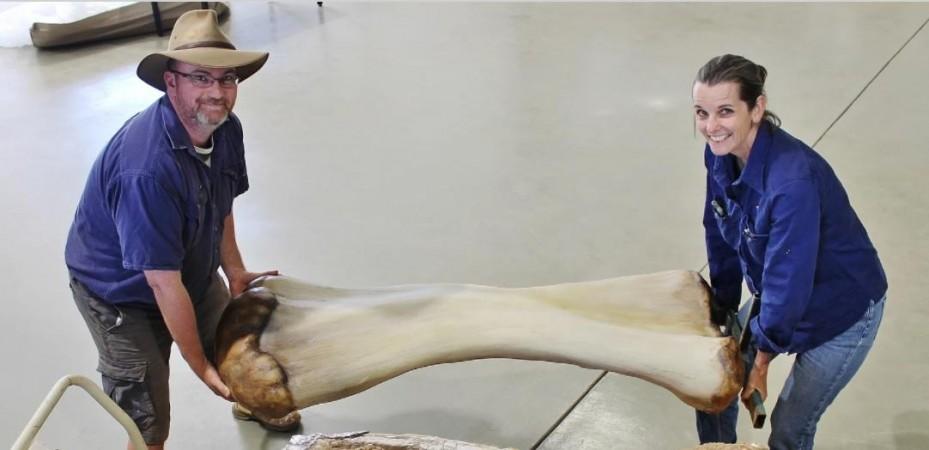Researchers have confirmed the discovery of a new dinosaur species in Australia that is as tall as a two-storied building and as long as a basketball court. Scientists made this conclusion after analyzing a fossilized skeleton in 2007 on a farm in southwest Queensland, near Cooper Creek.
Mindblowing dinosaur discovery
According to researchers who took part in this study, the newly discovered dinosaur species could be 16 to 21 feet tall and might be 98 feet long, making it one of the biggest animals ever roamed on earth. The newly classified species has been named Australotitan cooperensis, and researchers have nicknamed it ''the southern titan.''

Researchers believe that this new dinosaur species could be now among the 15 largest dinosaur specimens found worldwide.
The new dinosaur is a type of giant sauropod, a plant-eating subgroup characterized by very elongated necks, long tails, and four trunk-like legs.
"Discoveries like this are just the tip of the iceberg. To make sure Australotitan was a different species, we needed to compare its bones to the bones of other species from Queensland and globally. This was a very long and painstaking task," said Scott Hocknull, a paleontologist who is also the Queensland Museum curator.
From flying dinosaurs to tiny beings: Jurassic mysteries continue
A few months back, a team of researchers at the University of Portsmouth's School of the Environment, Geography, and Geosciences had discovered the fossilized remains of a flying reptile that lived on earth almost 100-million-years ago. Researchers who made this discovery revealed that these creatures that lived during the Cretaceous period had a wide wingspan, perhaps as wide as 12 feet.
In another instance, researchers at the Chinese Academy of Sciences had discovered the fossil of a tiny dinosaur that weighed just 300 grams. Interestingly, this tiny dinosaur had wings that were very similar to a bat. After making the discovery, researchers suggested that this tiny being might have flown across the skies during the Jurassic era.








